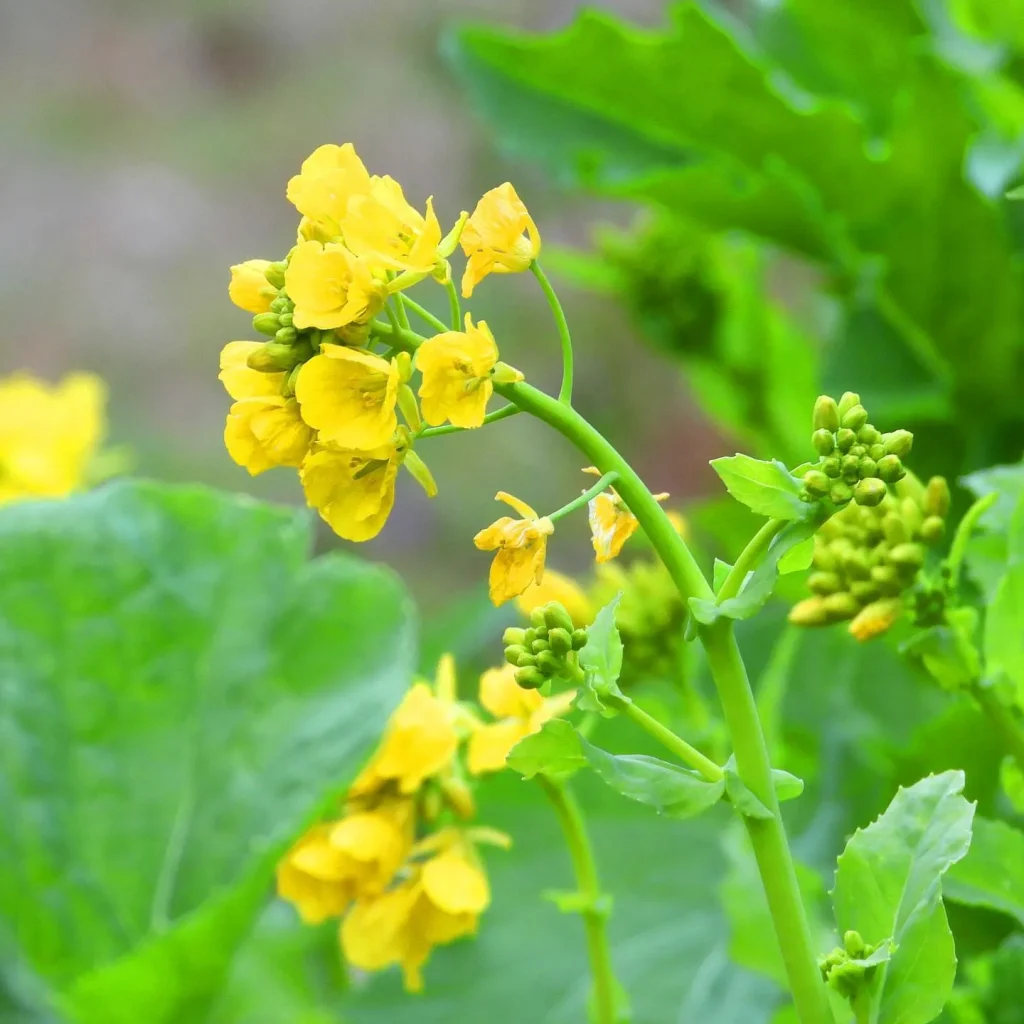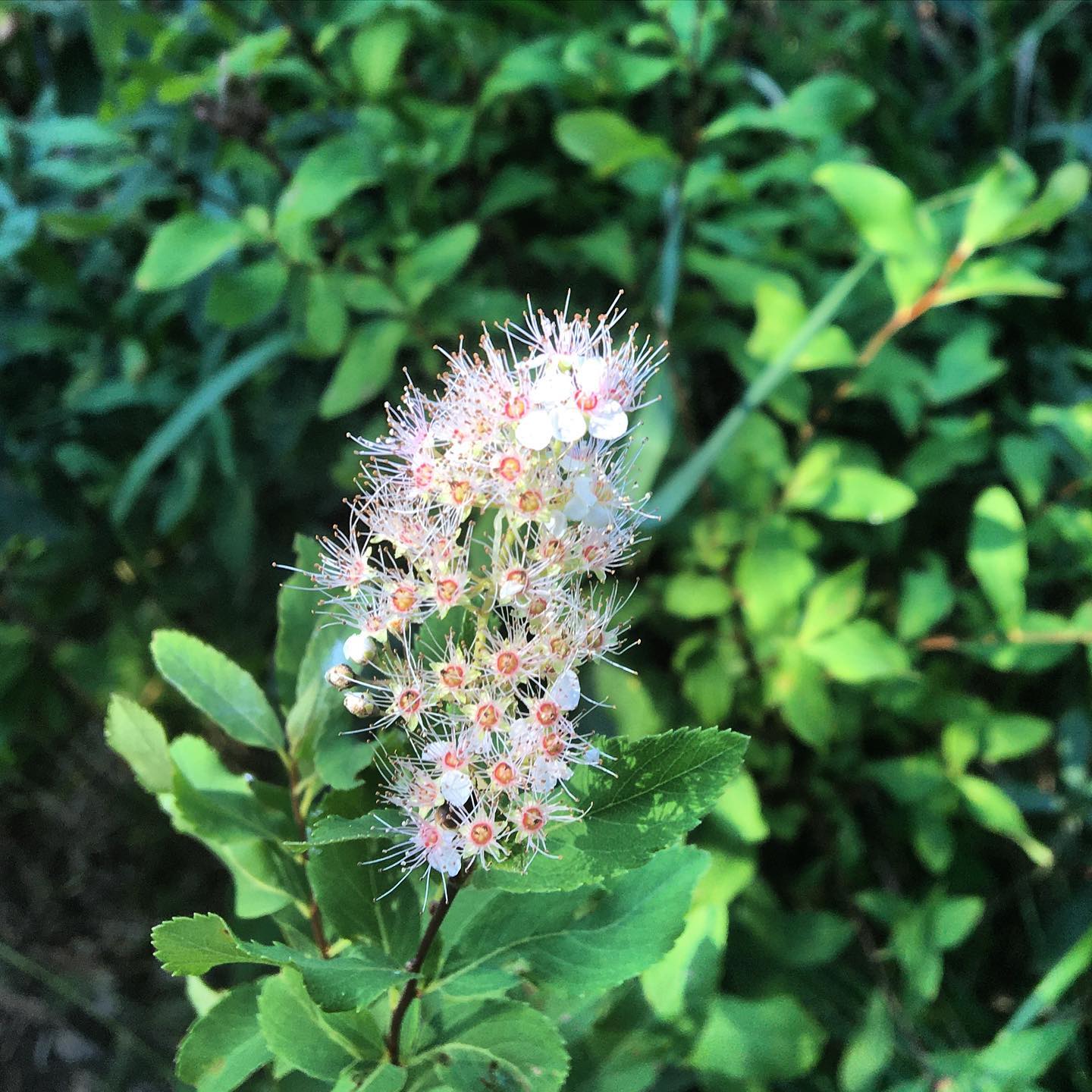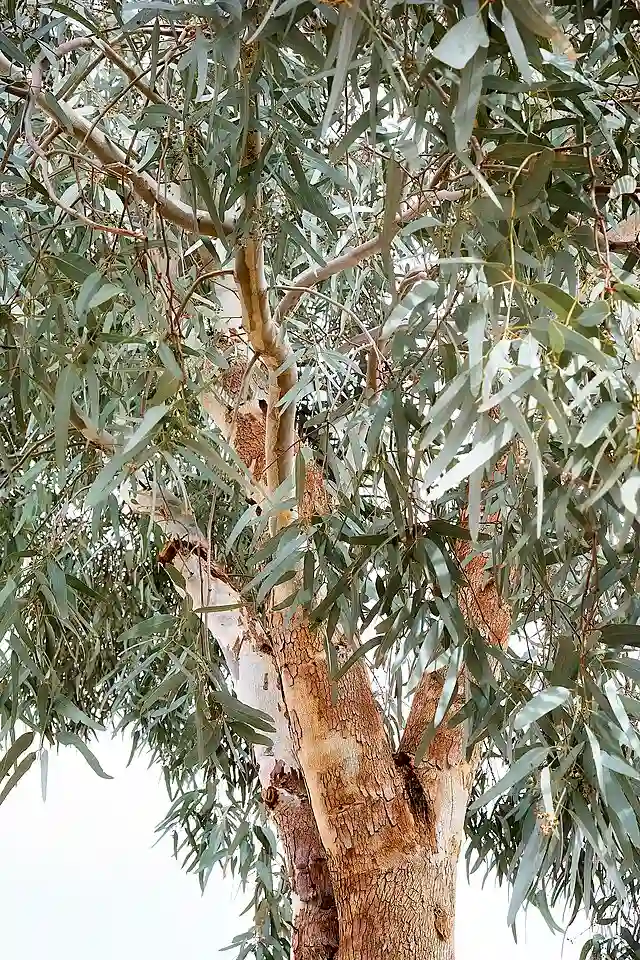A Family of Beauty and Resilience
The world of botany is a vast and captivating one, filled with endless wonders waiting to be discovered. Among the myriad plant families that have captured my imagination, Theaceae holds a special place in my heart. From their delicate blossoms to their remarkable resilience, these plants have enthralled me with their beauty and grace.
A Rich Tapestry of Genera
Theaceae, also known as the tea family, boasts a diverse array of genera, each with its own unique charm:
- Camellia: The crown jewel of Theaceae, Camellia is renowned for its exquisite flowers, which range in color from pristine white to vibrant red. These evergreen shrubs and trees are native to East Asia, where they have been cultivated for centuries for their ornamental value. – 230 Species in Genus Camellia
- Stewartia: With their elegant, bell-shaped flowers and striking autumn foliage, Stewartia species add a touch of sophistication to any garden. These deciduous trees are native to North America and East Asia. – 22 Species in Genus Stewartia
- Franklinia: A rare and cherished member of Theaceae, Franklinia is a deciduous tree with fragrant, white flowers that bloom in late summer. Sadly, this beautiful species is now extinct in the wild, but it continues to be cultivated in gardens around the world. – Franklinia Alatamaha in Genus Franklinia
- Gordonia: These evergreen trees and shrubs are prized for their showy, white flowers and attractive foliage. Gordonia species are native to North America and East Asia. – 22 Species in Genus Gordonia
- Schima: With their fragrant, white flowers and evergreen foliage, Schima species add a touch of serenity to any landscape. These trees are native to East Asia.
- Pyrenaria: These evergreen trees and shrubs are native to tropical Asia, where they are valued for their ornamental foliage and edible fruits.
- Apterosperma Hung T.Chang
- Polyspora Sweet
A Symphony of Colors and Textures
Theaceae plants offer a delightful symphony of colors and textures, making them a versatile addition to any garden. From the delicate petals of Camellia to the sturdy leaves of Gordonia, these plants provide a feast for the senses. Their evergreen foliage adds year-round interest to the landscape, while their vibrant flowers create a stunning display in spring and summer.
Adaptability and Resilience
Theaceae plants are not only beautiful but also remarkably adaptable and resilient. They can thrive in a variety of climates and soil conditions, making them suitable for gardens around the world. Many species are also tolerant of shade, allowing them to flourish in woodland settings.
A Legacy of Beauty and Culture
Theaceae plants have played a significant role in human culture for centuries. Camellia sinensis, the source of tea, has been cultivated for its leaves for thousands of years, and its beverage has become a staple in many cultures around the world. Camellia japonica, with its stunning flowers, has been a symbol of beauty and elegance in East Asia for centuries, and it continues to inspire artists and poets today.
A Personal Connection
As a botanist and nature enthusiast, I have always been drawn to the beauty and diversity of the plant kingdom. Theaceae, with its rich tapestry of genera and species, has captured my imagination and inspired me to learn more about the wonders of the natural world. From the delicate petals of Camellia to the sturdy branches of Gordonia, these plants have taught me about the resilience and adaptability of life.
Conclusion
Theaceae, the tea family, is a treasure trove of botanical wonders. From their exquisite flowers to their remarkable resilience, these plants have captivated me with their beauty and grace. As I continue my journey through the world of botany, I look forward to discovering more about this remarkable family and sharing my passion with others.
If i die, water my plants!



